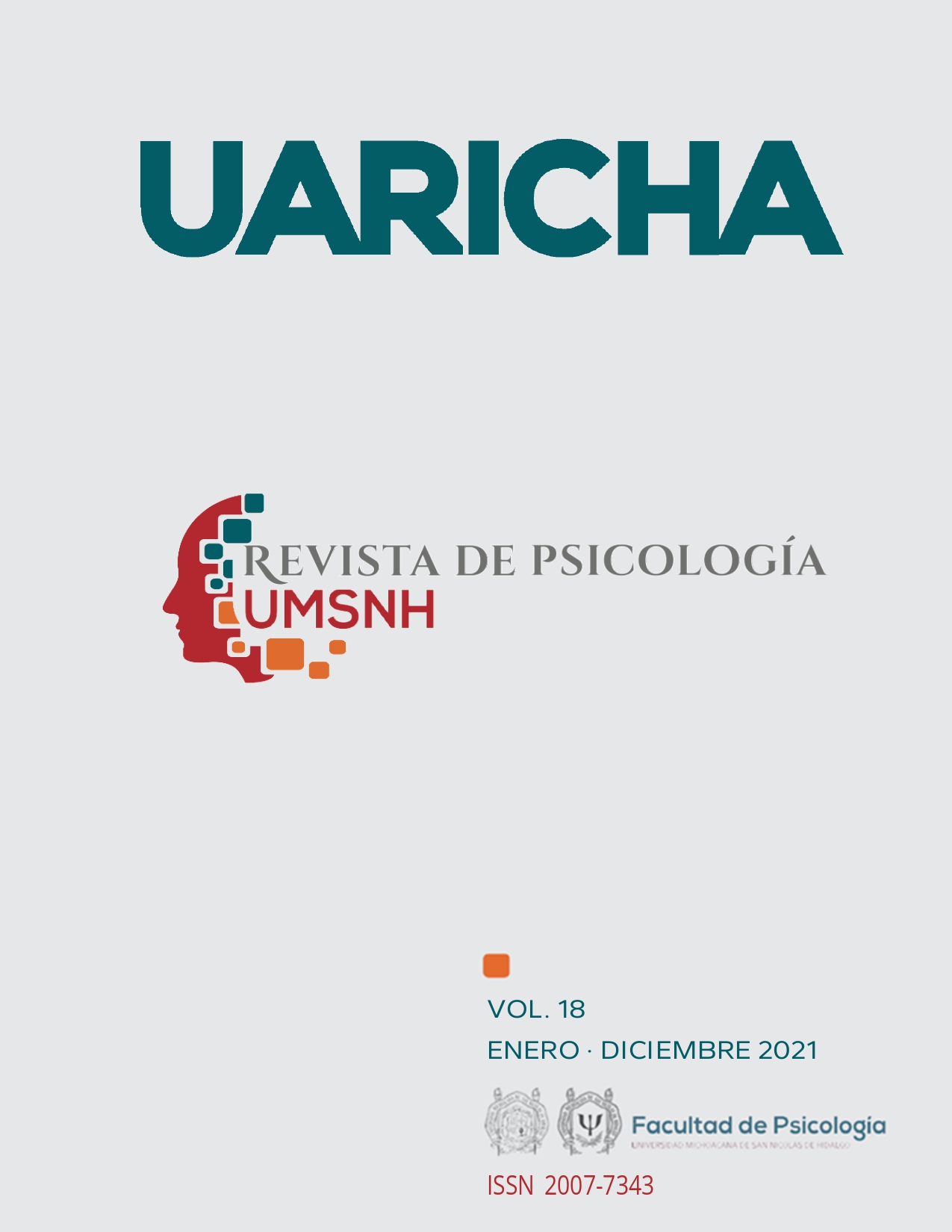On dinning while talking and bonding while drinking: an analysis of seven common phrases about dinner as a social event
Main Article Content
Abstract
This essay includes a reflexive detailed description of seven recurring phrases that are uttered when dining with friends at home. These sentences are approached as nodes of a network of symbolic material relations and described in terms of their links with other elements of the network, whilst simultaneously detailing the social practices in which the sentences find their meaning. The results allow us to outline a social activity that is as ordinary as it is recurrent, highlighting both its complexity , its conditions of possibility and implications. In other words, the characteristics of the social world in which the sentences considered take place are presented and are shown to not only make sense but become necessary. The reflection is guided by a relational, symbolic materialistic vision of social life.
Article Details
Issue
Section

This work is licensed under a Creative Commons Attribution-NonCommercial-NoDerivatives 4.0 International License.
The authors have the right to ownership or copyright and they give to "Uaricha Psychology Magazine" the right to publish for the first time the article, as well as disclose and distribute it on the technological available media and through repositories.
Uaricha Psychology Magazine, is a quarterly publication, published by the Psychology College of the "Universidad Michoacana de San Nicolás de Hidalgo", Street Francisco Villa No. 450, Col. Dr. Miguel Silva, Morelia, Michoacán, P. C. 58110. Phone (+52) 443 312 9909, ext. 149, www.revistauaricha.umich.mx, uaricha.publicaciones@umich.mx. Responsible publisher: Roberto Oropeza Tena. Reserve of exclusive use rights No. 04-2013-070413365500-203, e-ISSN: 2007-7343, Granted by the National Institute Copyright. Responsible of the last update of this number, Computer center of the Psychology College, Ing. Erick Vidar Alva Rangel.
How to Cite
References
Anderson, H. A. (2016). Chillies. A Global History. Reaktion.
Bourdieu, P. (1972/2012). Bosquejo de una teoría de la práctica. Prometeo.
Bourdieu, P. (1979/1988). La distinción. Criterios y bases sociales del gusto. Taurus.
Cohen, A. (2008). The Ultimate Kantian Experience: Kant on Dinner Parties. History of Philosophy
Quarterly, 25(4) 315-336. Recuperado de: https://www.jstor.org/stable/27745137
Farga, A. (1980). Historia de la comida en México.
Loredo. Ford, R. (2008). Manual para viajeros por España y lectores en casa. Observaciones generales. Turner.
Multhouf, R. P. (1978). Neptune's Om: A History of Common Salt. John Hopkins University Press.
Pavón, D. (2010). From the Conscious Interior to an Exterior Unconscious: Lacan, Discourse Analysis and Social Psychology. Karnac.
Pavón, D. (2014). Elementos políticos de marxismo lacaniano.Paradiso.
Pujadas, J. J. (2002). El método biográfico: El uso de las historias de vida en ciencias sociales. Centro de Investigaciones Sociológicas.
Segarra, O. (2004). La cultura del vino. Una guía amena para pasar de iniciado a experto en vinos. Amat.

